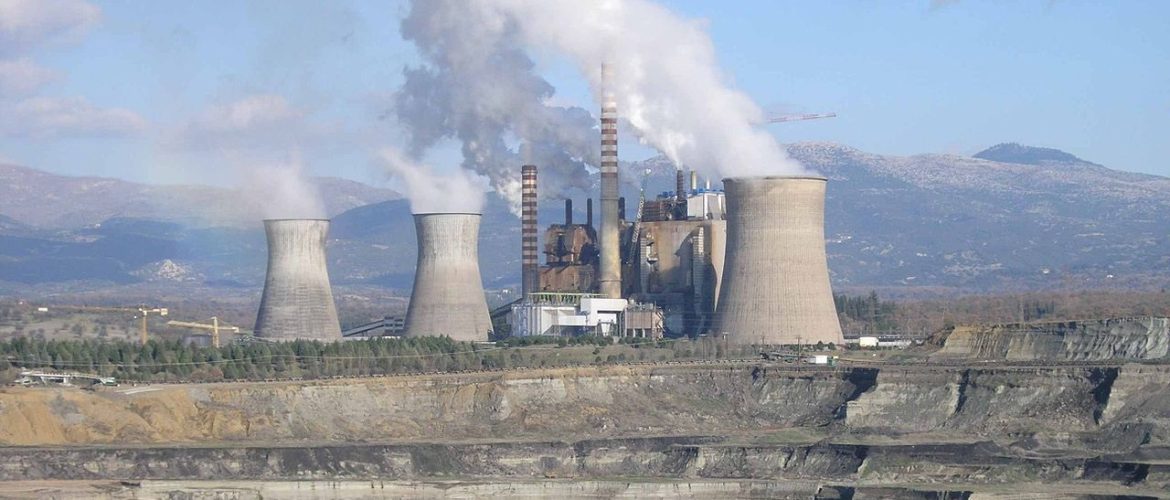It has been six years since the Prime Minister announced Greece’s full exit from lignite from the UN podium.
Up until that decision, and during the first eight months of 2019, the country relied on 7.4 TWh of electricity from lignite. At any given hour of the year, at least one lignite unit was in operation, and the power sector emitted a total of 19 million tonnes of CO₂ over that eight-month period.
Six years later, in the first eight months of 2025, lignite contributed just 1.8 TWh to the country’s electricity production—a 75% drop compared to 2019—while Greece’s electricity system operated uninterrupted for 1,228 hours (21% of the period) without any lignite units. Over the same period, the power sector is estimated to have emitted 10.5 million tonnes of CO₂. Emissions would have been significantly lower and within the 2025 carbon budget if the country were not so dependent on natural gas.
Europe is moving in the same direction, albeit more slowly. Coal and lignite production in the EU fell from 286 TWh in the first eight months of 2019 to 160 TWh in the same period of 2025—a 44% reduction.




